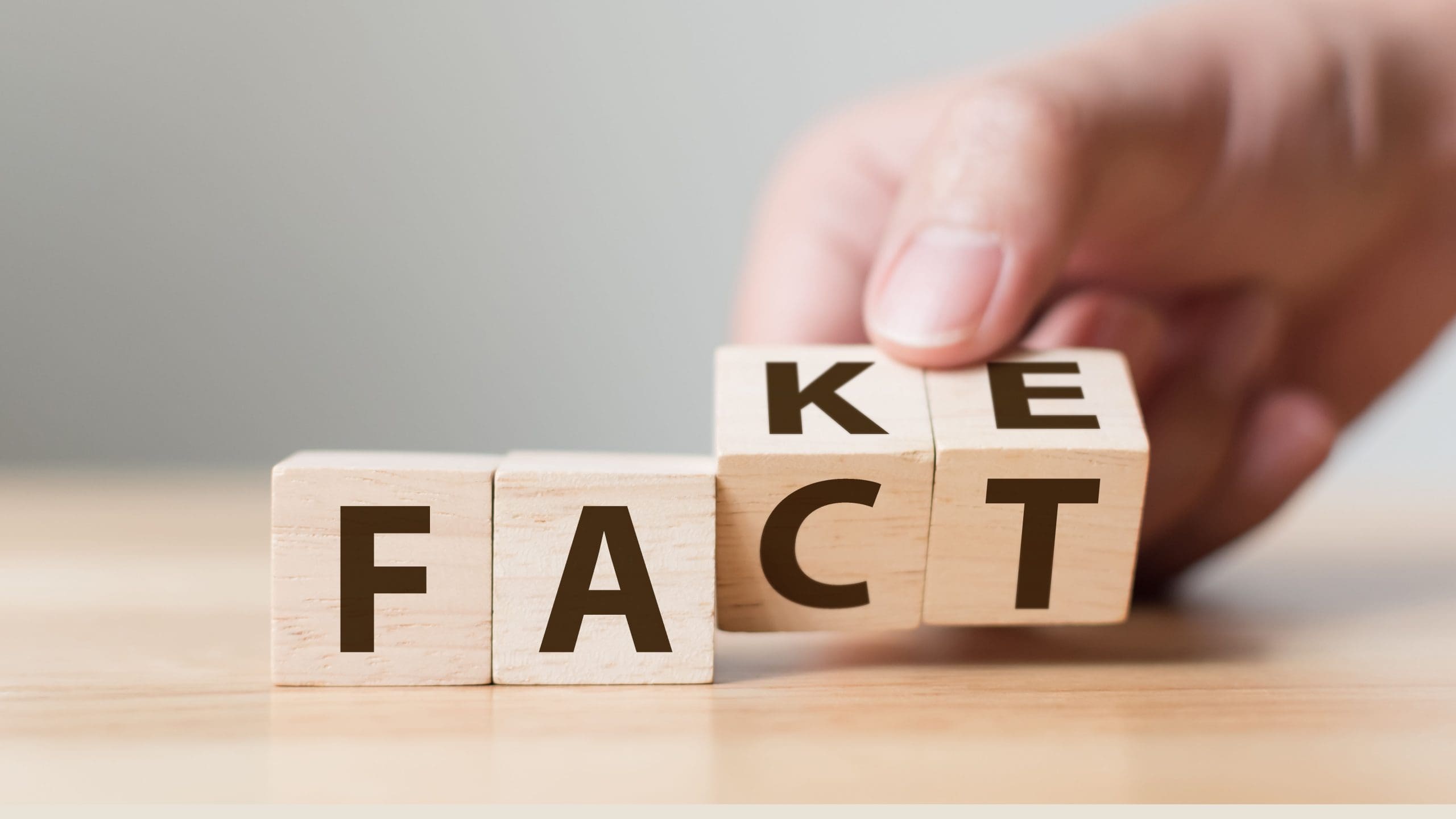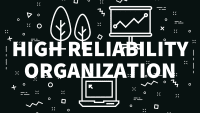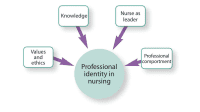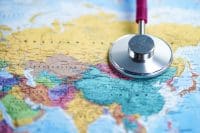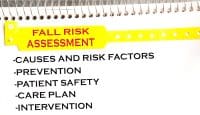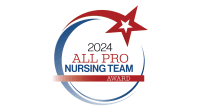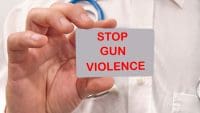Connect with individual patients, participate in community outreach, and share information responsibly.


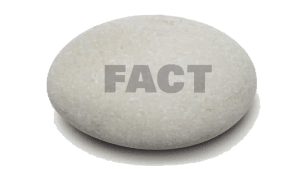

In this issue of American Nurse Journal, we feature an article focused on how nurses can best connect with their patients to help dispel inaccurate information without conflict. The authors recommend community outreach and making meaningful connections. Motivational interviewing, for example, can help nurses elicit a patient’s perspective, provide accurate information, and then elicit patient thoughts and reactions. Ultimately, patients feel empowered to participate in their healthcare. See Combat healthcare untruths with community outreach to read more about this and other recommendations.


Overcoming misinformation and disinformation
Preventing the spread of misinformation
When a co-worker spreads misinformation
- What’s the rush? In a world where we’re constantly asked to move forward and go faster, we’ve forgotten the powerful art of pausing before leaping. Before forwarding or liking a post, ask yourself whether you understand the topic or the contention. Shock value or cause-and-effect assertions without valid proof (based on rigorous randomized-controlled, double-blind clinical trials or meta-analysis of several smaller studies) can cause harm.
- What’s the source? Is the writer of the post an expert in their field? Is the source material reliable and trustworthy? What are the implications for you if you trigger the spread of noncredible information? What might be the consequences? How would your organization’s ethics and professionalism committee react?
- What’s your go-to resource? I’m fortunate to work in an organization with a library designated as one of the eight regional National Libraries of Medicine. My go-to sources include PubMed.gov, Up-to-Date, and CINAHL. What resources does your organization depend on?
- Did you read beyond the headline? Social media headlines don’t tell the full story. Do you read the entire story before forwarding? Have a healthy dose of skepticism about what you read, hear, and see. Medical misinformation takes hold in an information void. Consider, for example, all of the misinformation and disinformation about COVID-19 early in the pandemic when we knew little about the virus.
These relatively simple steps can help ensure you remain the voice of reason in a chaotic world.


Lillee Gelinas, DNP, RN, CPPS, FAAN
Editor-in-Chief
American Nurse Journal. 2024; 19(2). Doi: 10.51256/ANJ022404

